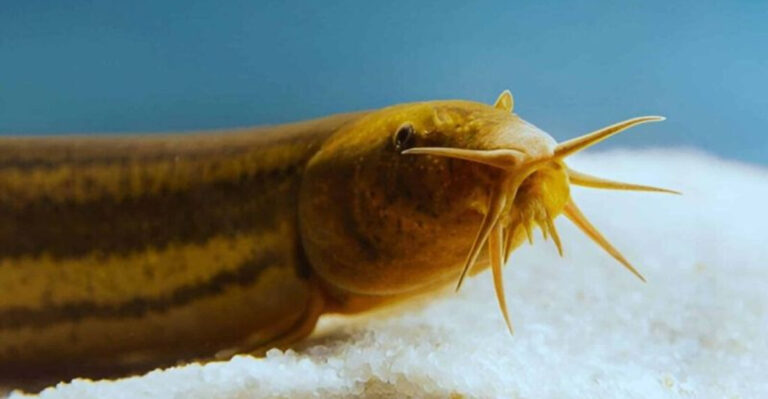15 Smart Tips For Choosing The Perfect Aquarium Size For Your Fish
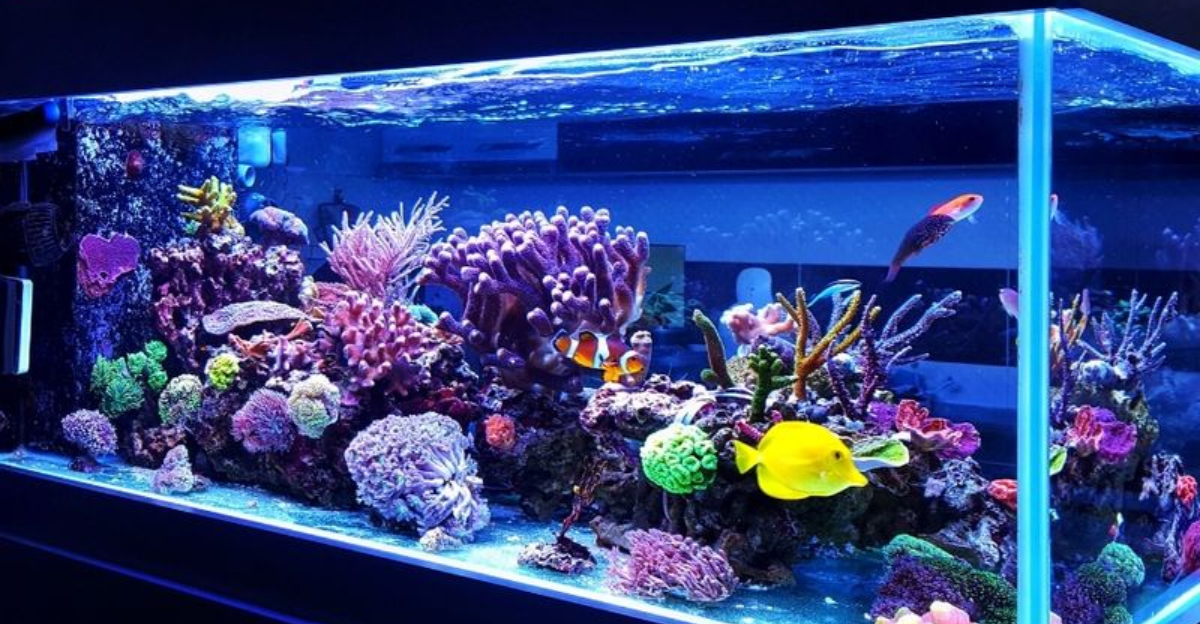
Choosing the right aquarium size for your fish isn’t just about aesthetics; it’s a crucial factor for their well-being. With so many options, how do you pick the perfect tank?
Let’s explore some smart tips to guide you on this fin-tastic journey, ensuring your aquatic pals have a comfy and healthy home.
1. Consider Fish Size And Growth
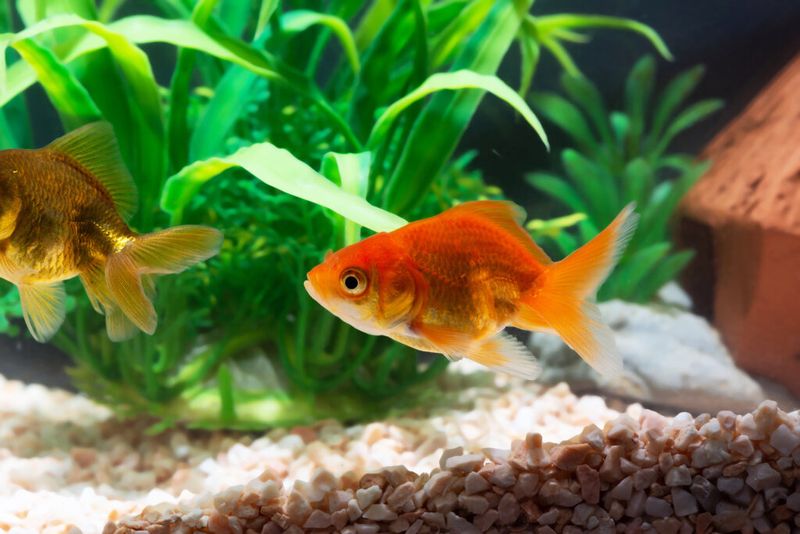
Ever seen a small fish grow into a giant? Some fish start tiny but can surprise you with their size. Research your fish’s adult size before buying a tank.
A baby goldfish might need a few gallons now, but it could require a whole pond later. Different fish grow at varied rates, so knowing this can prevent overcrowding.
Planning for growth ensures your fish has room to thrive, reducing stress and promoting a happy aquatic life. Isn’t it amazing how much they can grow?
2. Account For Fish Quantity
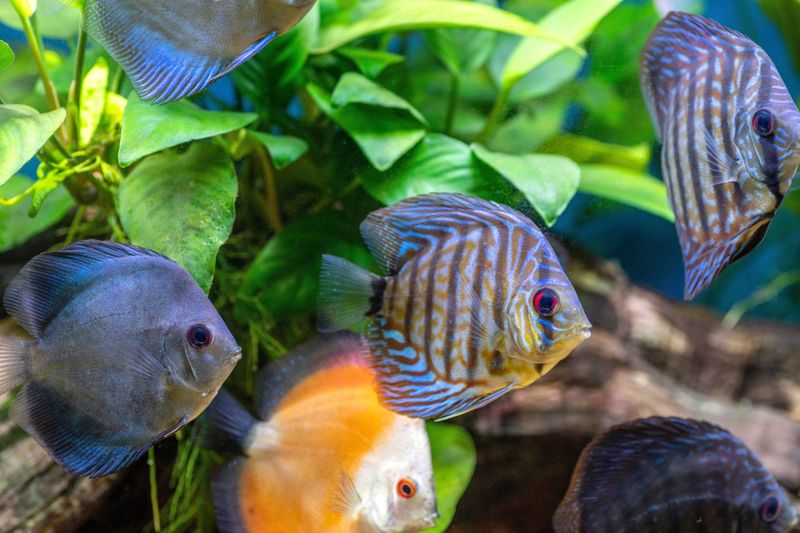
How many fish can fit in your tank? It’s not just about gallons. Each fish needs space to swim and hide. Too many fish can lead to fights over territory and resources.
Overcrowding stresses fish, affecting their health and lifespan. Calculate the tank’s capacity based on your fish’s size and behavior.
This ensures a peaceful community where fish can flourish without stress. Knowing the right number keeps your aquarium harmonious and visually appealing. Who knew fish could be social creatures?
3. Understand Fish Behavior
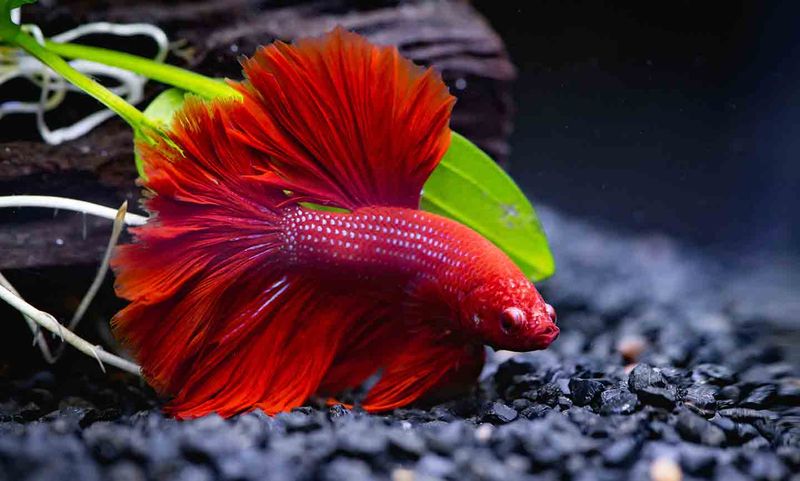
Did you know? Some fish like their personal space! Understanding behavior is key. Territorial fish need more room to prevent squabbles.
A crowded tank might lead to stressed-out fish, hiding, or worse, aggressive behavior. Researching your fish’s nature helps in selecting a size that accommodates their quirks.
It’s not just about space; it’s about harmony. A well-sized tank creates a serene environment where fish can express themselves without stepping on each other’s fins. Fascinating, right?
4. Take Filtration Into Account
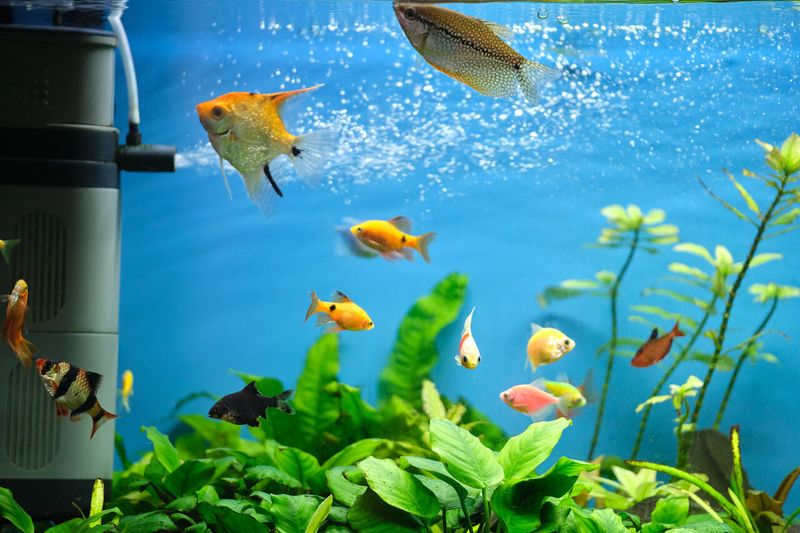
Ever thought about how clean water affects your fish? Filtration is crucial. A larger tank might need a more robust filter, while a smaller one can get by with a basic setup.
But remember, the number of fish also dictates this. More fish mean more waste, requiring efficient filtration. Proper filtration promotes healthy water conditions, ensuring your fish remain vibrant and active.
It’s all about balance and making sure your water quality matches your fish’s needs. Clean water, happy fish!
5. Plan For Habitat Decor
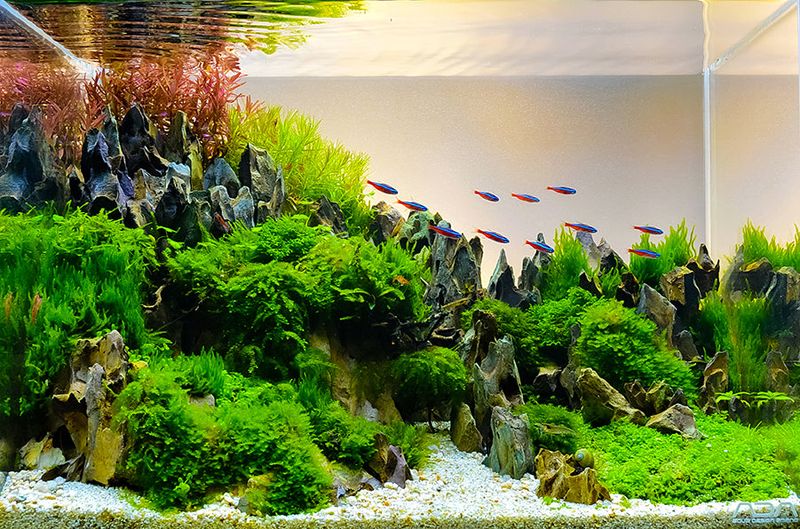
Do your fish like to play hide and seek? Adding decor provides hiding spots and enriches their lives. However, too much decor can reduce swimming space. Balance is key.
Choose a tank size that accommodates both fish and decorations comfortably. Consider the decor’s size and how it fits with your fish’s needs.
A well-decorated tank isn’t just pretty; it makes your fish feel at home. It’s like setting up a cozy room for your aquatic friends, full of fun and comfort.
6. Assess Room Space
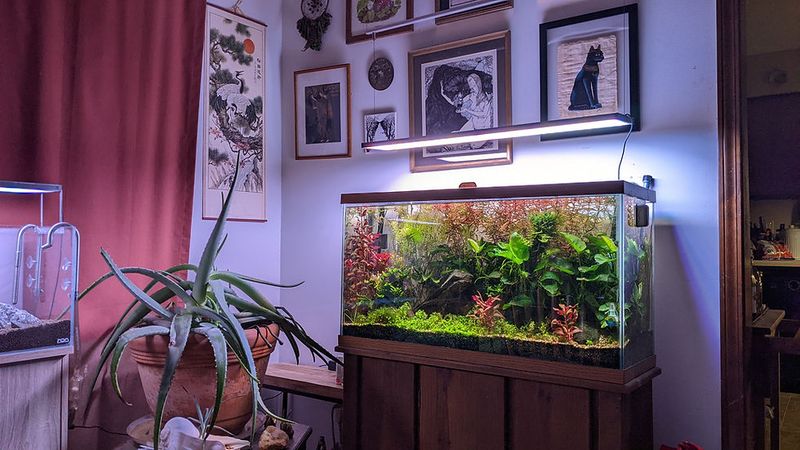
Where will you place your aquarium? Space in your home is vital. Ensure your chosen tank fits comfortably in your desired location, allowing room for maintenance activities.
Cramped spaces can make upkeep a hassle and may not do justice to your aquarium’s beauty. Consider the tank’s weight when filled; it should suit your space’s structural limits.
Proper placement enhances your living space while providing a safe haven for your fish. It’s like choosing the right furniture for your home.
7. Budget For Tank And Accessories
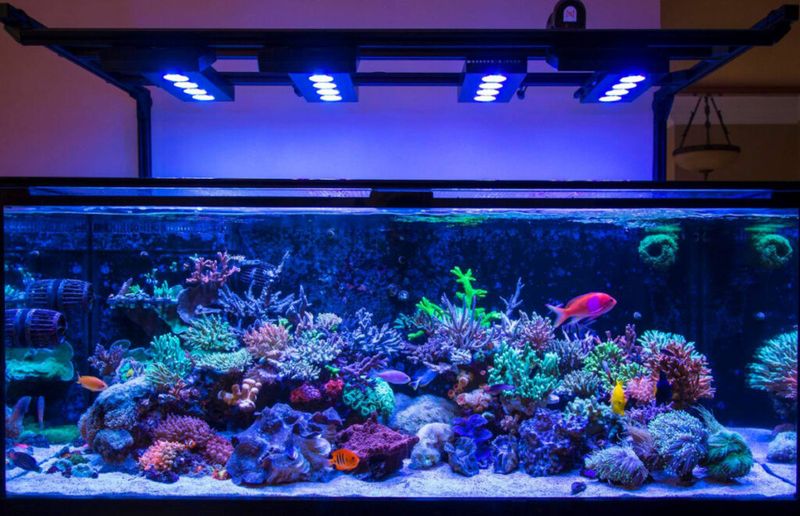
Ever been surprised by the cost of hobbies? Aquariums are no different. Budgeting for the tank and accessories is crucial.
A bigger tank might need more decor, a stronger filter, and additional equipment. Factor in ongoing costs like electricity and water treatments.
Budgeting ensures you enjoy your aquarium without financial strain. It’s about balancing passion with practicality, ensuring you and your fish are happy.
With a well-planned budget, setting up your aquatic paradise is a breeze!
8. Determine Maintenance Commitment
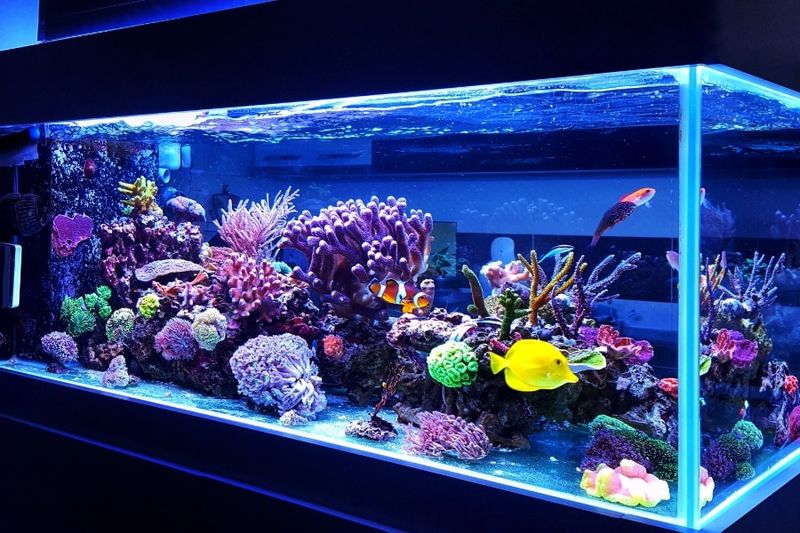
How much time can you spare for maintenance? Larger tanks often require more effort, from cleaning to water changes. Assess your schedule and commitment level when choosing a tank size.
Regular maintenance keeps water quality in check, ensuring a healthy habitat. Smaller tanks might seem easier, but they can be less forgiving of mistakes.
Balance your enthusiasm with reality, ensuring you have the time and energy to care for your fish. Fishkeeping should be a joy, not a chore!
9. Factor In Lighting Needs
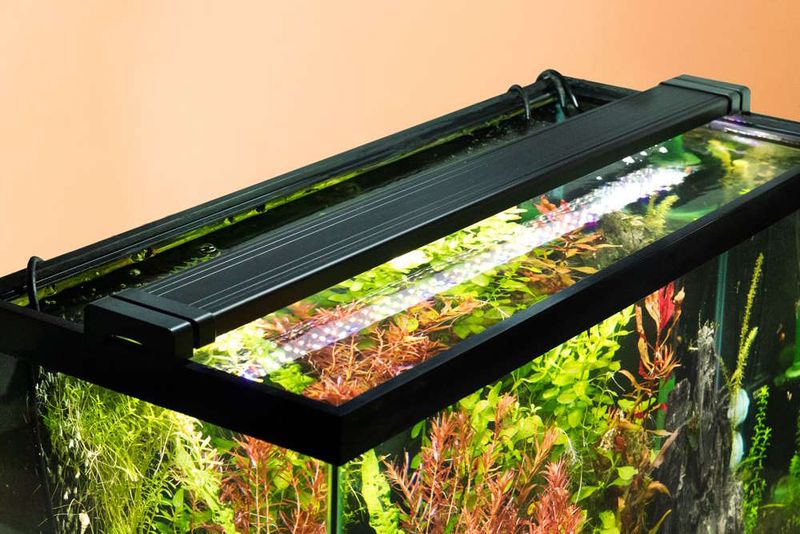
Do you know how lighting affects fish? It’s more than just aesthetics. Proper lighting supports plant growth and fish health. A larger tank might need specialized lighting to reach all corners.
Consider your fish’s specific light needs, as some prefer dimmer settings. The right lighting complements your tank’s environment, enhancing both beauty and function.
It’s like setting the perfect stage for your fish to shine. Remember to balance light intensity and duration for a thriving aquarium.
10. Evaluate Temperature Control
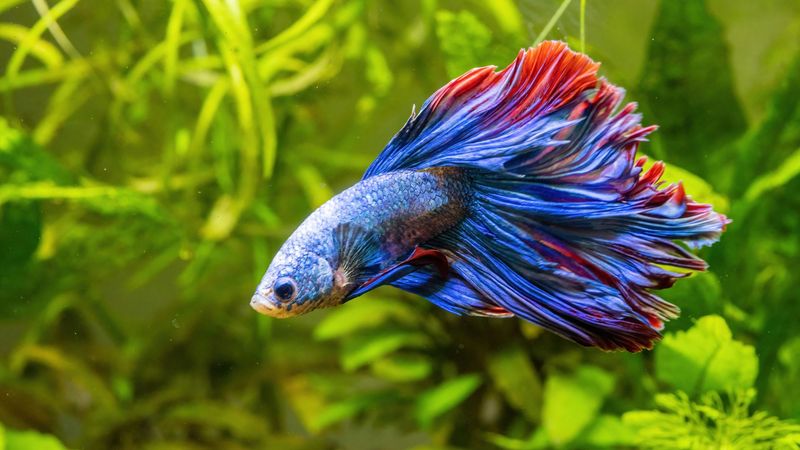
How’s the climate in your tank? Fish need stable temperatures to stay healthy. Larger tanks might require more robust heating or cooling systems.
Consider the tank’s location and your area’s climate when planning. Some fish are more sensitive to temperature fluctuations, needing precise conditions.
Proper temperature control ensures your fish stay vibrant and active. It’s about creating a comfortable environment that mimics their natural habitat.
Think of it as setting the perfect thermostat for your aquatic oasis.
11. Consider Accessibility For Maintenance
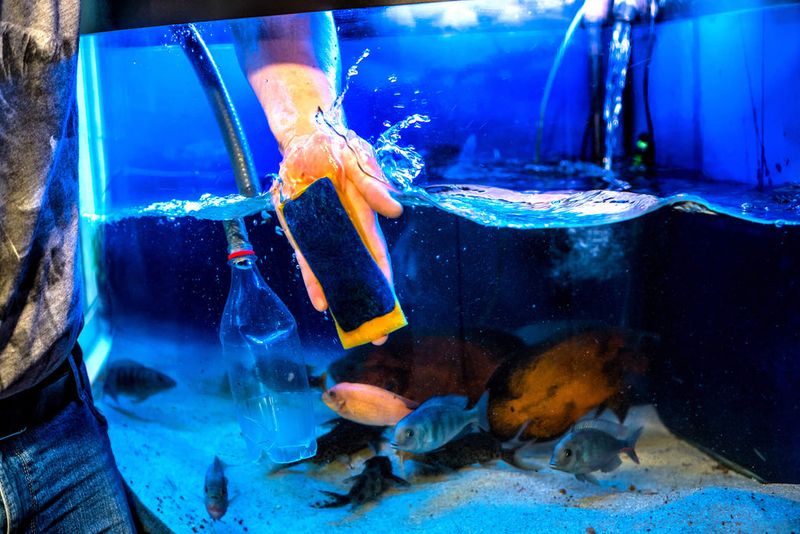
Ever struggled to reach into a tank? Accessibility is crucial for maintenance. Ensure your aquarium is easy to access for regular cleaning and adjustments.
A well-placed tank with removable lids and easy-to-reach filters simplifies care. It enhances your enjoyment and reduces stress, keeping your fish healthy.
Consider height and placement in your home for optimal convenience. It’s like choosing a car that’s easy to drive, ensuring a smooth experience every time. Happy fish, happy owner!
12. Research Local Regulations
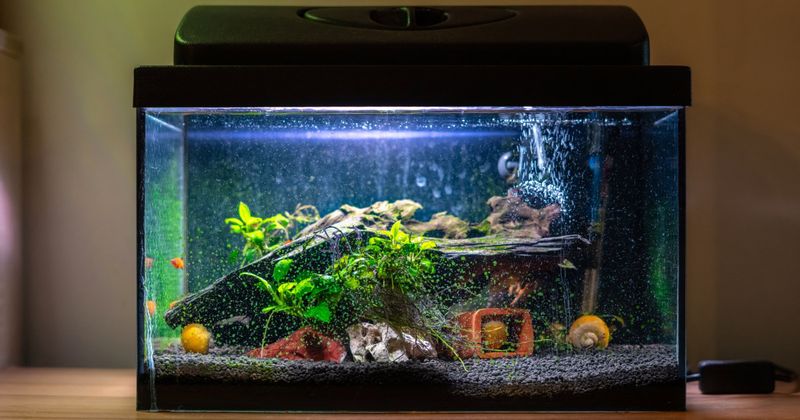
Surprised by rules? Some areas have regulations on aquarium sizes and species. Check local guidelines before choosing your tank and fish.
Restrictions may apply to specific species or tank sizes to protect local ecosystems. Compliance ensures responsible fishkeeping and avoids potential legal issues.
It helps in creating a sustainable environment for your aquatic pals. Being informed makes you a conscientious hobbyist, contributing positively to the community.
13. Plan For Emergency Power Supply
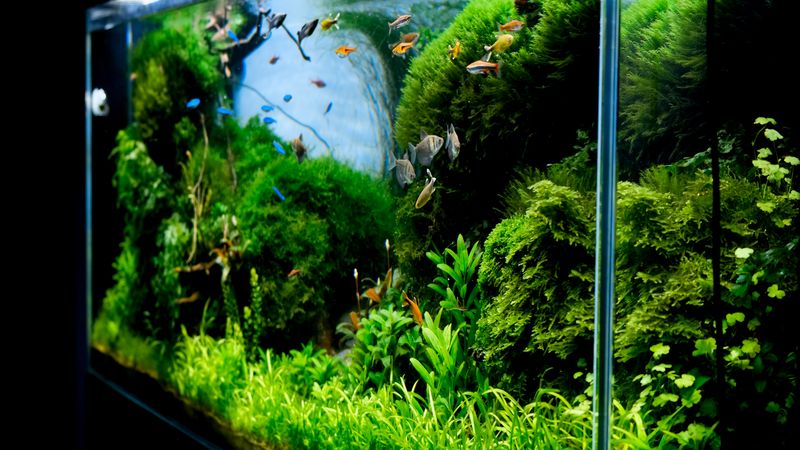
Ever thought of power outages? They can affect your fish’s well-being. An emergency power plan is wise, especially for larger tanks with advanced equipment.
Backup systems like battery-powered aerators ensure your fish stay oxygenated and healthy. It’s about being prepared, safeguarding your aquatic habitat from unforeseen events.
An emergency plan keeps your tank stable and your fish thriving. Think of it as having a backup generator for your home, providing peace of mind.
14. Consult Experienced Aquarists
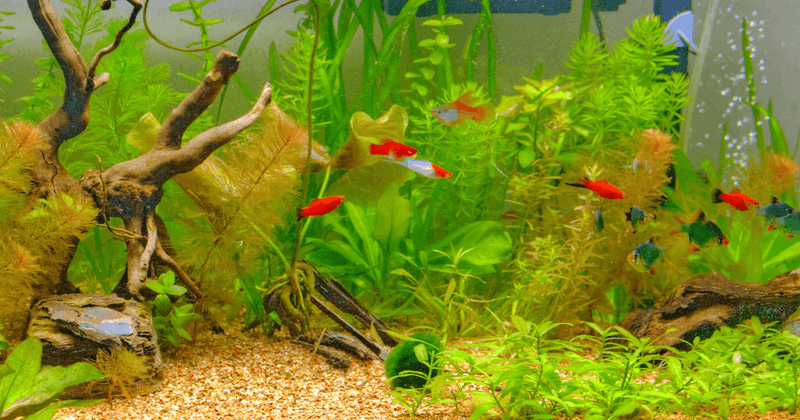
Wondering about expert advice? Talking to experienced aquarists can provide insights you won’t find online. They share firsthand knowledge on tank sizes, fish compatibility, and care tips.
Their wisdom helps avoid common pitfalls and enhances your fishkeeping experience. Joining fishkeeping communities connects you with passion-driven people eager to help.
It’s like having a mentor in your hobby, guiding you to success. Why not learn from those who’ve swum these waters before?
15. Ensure Tank Stability And Safety
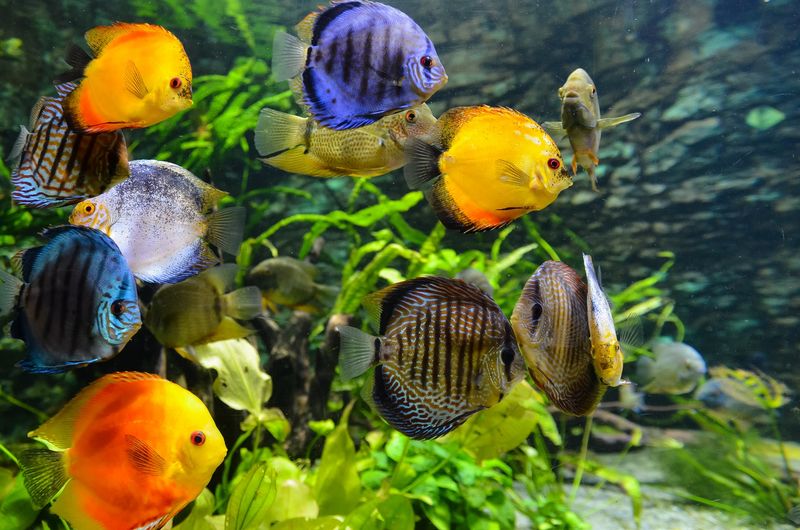
Worried about tank safety? Ensuring stability is crucial. A sturdy stand and level surface prevent accidents. Consider the tank’s weight when filled, ensuring it suits your space’s capacity.
Safety extends to the tank environment, using non-toxic materials and secure lids. It’s about creating a safe and stable haven for your fish to thrive.
Think of it as choosing a solid foundation for your home. With the right setup, your aquarium becomes a secure and beautiful centerpiece.






